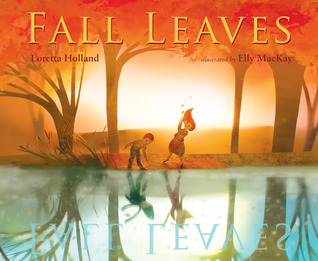I have had the release date for The Farmer and the Clown on my calendar for months. This was a book I was excited about and one that I wanted to make sure to get right away. Well, I received a review copy of the book last week and loved it even more than I thought I would!
The book (by the amazing Marla Frazee) tells the story of an unlikely friendship between a farmer and a clown. And can I say that the clown is so adorable! Happy and fun on every page. I fell in love with this book on the first read and everyone I had it too squeals or "aw"s while reading. This week, we read it twice in the classroom. I purchased the kindle edition so that we could read it on the screen. I am so glad I did this because the details in the illustrations, some that I missed during my first few reads, are critical and would have been so hard for kids to see without the projection. This book is simple, but it leaves the reader with so much to think and talk about. And it leaves the reader with a feeling of joy.
I have said many times on this blog that I LOVE wordless books. This is pretty new for me as I've learned to love them in the last 5-6 years. This is by far, one of my favorites. I love the characters and I am amazed at how well they are each developed in this wordless book. I like the story and the characters and the art. I love Marla Frazee and have yet to read one of her books that I didn't fall in love with. This one is definitely one of my Caldecott hopefuls.





























